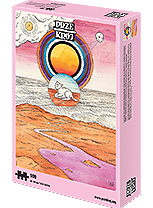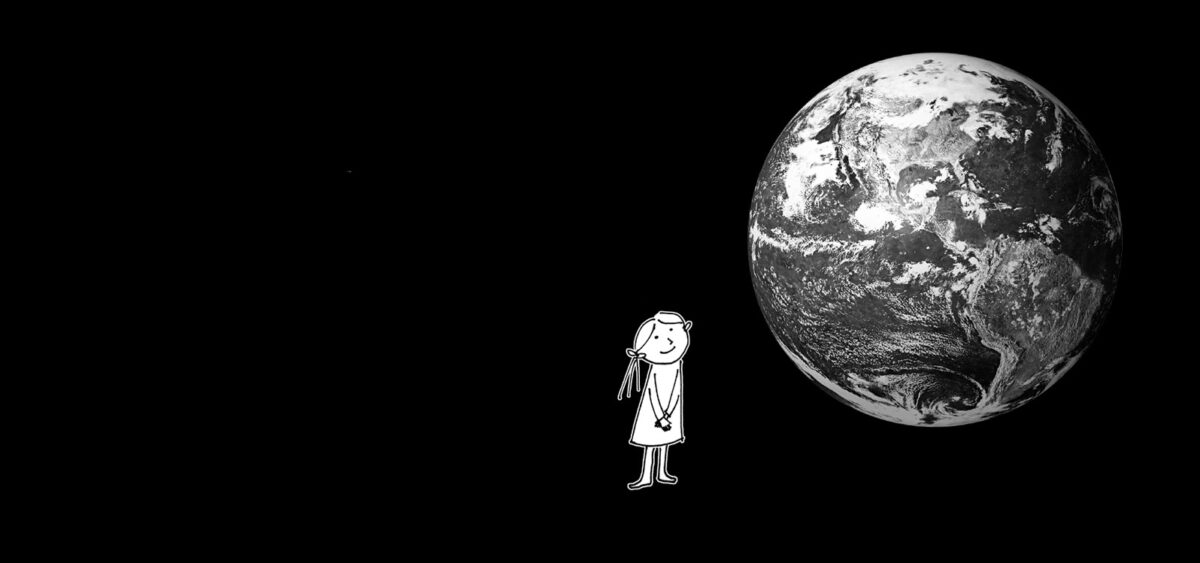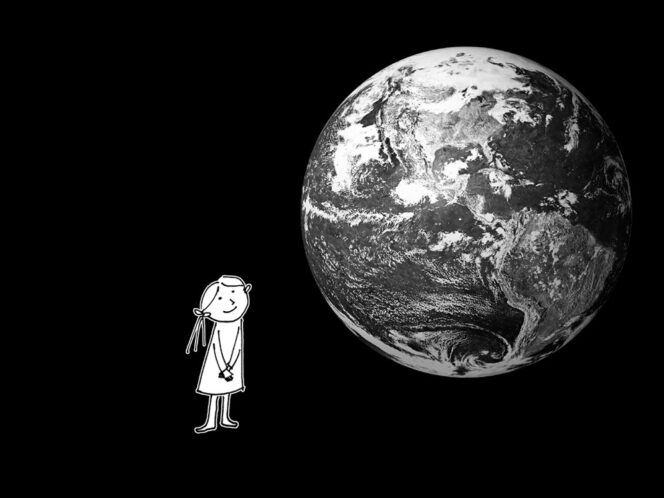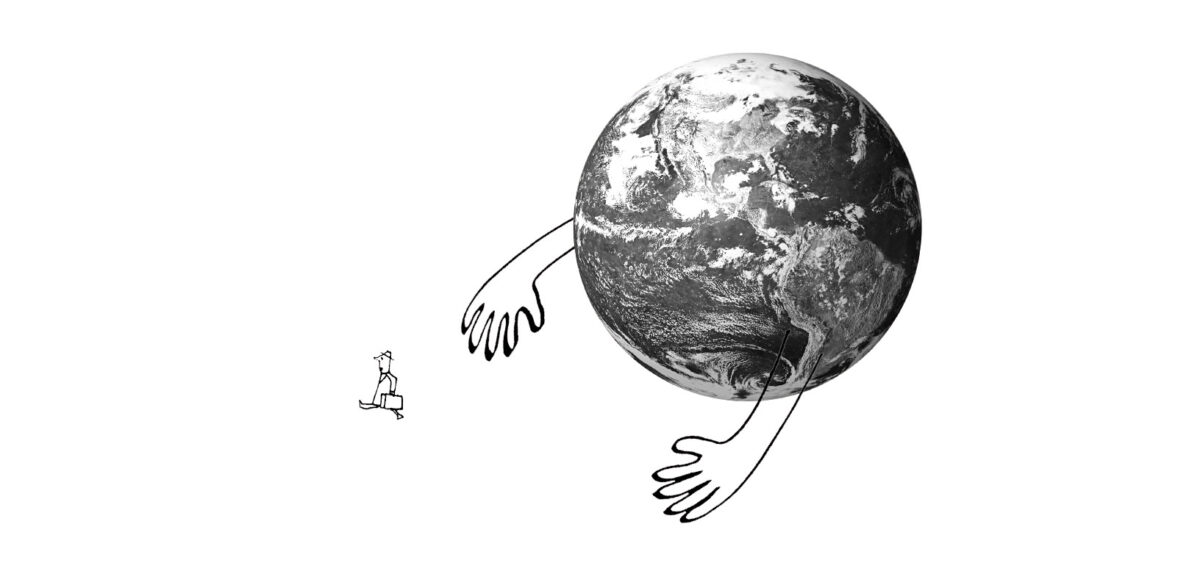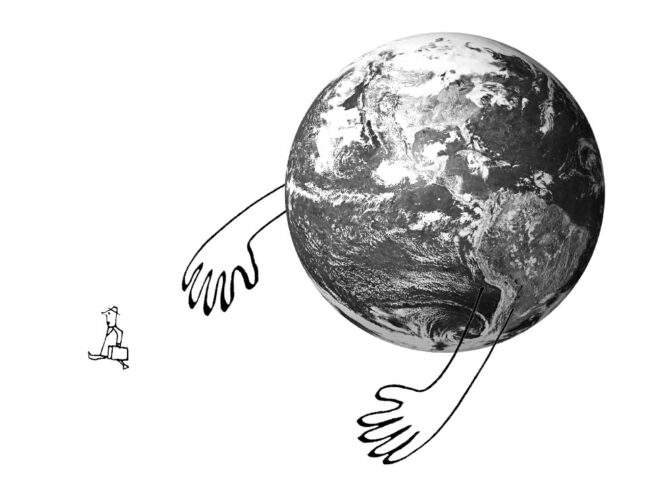
Sometimes we talk about her with affection, like the poet Edward Stachura, who sang that she is “carrying, carrying her lovely hunch.” Sometimes, we use more pathos, which seems more appropriate, and call her Mother Earth.
We first saw the Earth in the famous photo Earthrise taken in December 1968 by William Anders, who participated in the Apollo 8 flight. Although it wasn’t the first ever photograph of our planet, it was the first colour one, which made it possible for us to notice how its vivid colours contrast with the grey and lifeless surface of the moon. In this picture, the Earth looks beautiful and fragile. I saw with my own eyes how huge it is during my first voyage to Antarctica.
Cycling to Antarctica
The journey from Gdynia to the freezing end of the world (not literally, since the sphere has no end) lasted 40 days. Our ship was sailing at a speed of 12 knots, which is 12 nautical miles per hour. The nautical mile is a unit of measurement used in marine and air navigation. It is equal to the length of one minute of arc along any great circle (e.g. the equator or a meridian) of the Earth – i.e. 1852 metres. In other words, we were sailing to Antarctica at a speed of about 20 kilometres per hour, which is as if we were cycling.
During that journey, I also saw for myself that the Earth is, indeed, round. It was one of those revelations that I call a ‘dumb discovery’ – things we could come up with by ourselves right away, if only we put some thought into them. About halfway through the cruise, we started to notice that the moon seemed a little weird. At first, it was hard to figure out what was going on. Also, for a long time we had been able to see only a small part of it. Once we passed the equator, however, we saw the full moon, and, indeed, it looked different. Then, during an evening party, one of my colleagues stood with his legs slightly apart, turned his rear-end towards our favourite satellite and stared at it through the space between his legs. And, indeed, the moon was now ‘upside down’, which shouldn’t be surprising given the shape of our planet and our location. Yet it’s one thing to imagine it, and another to finally see it with your own eyes.
Flat, e


